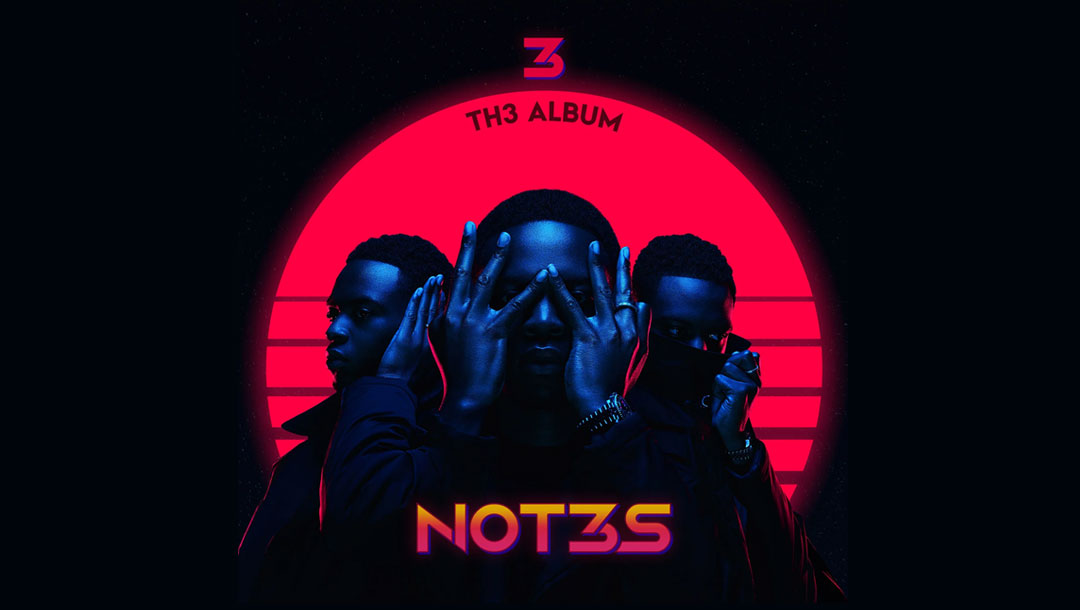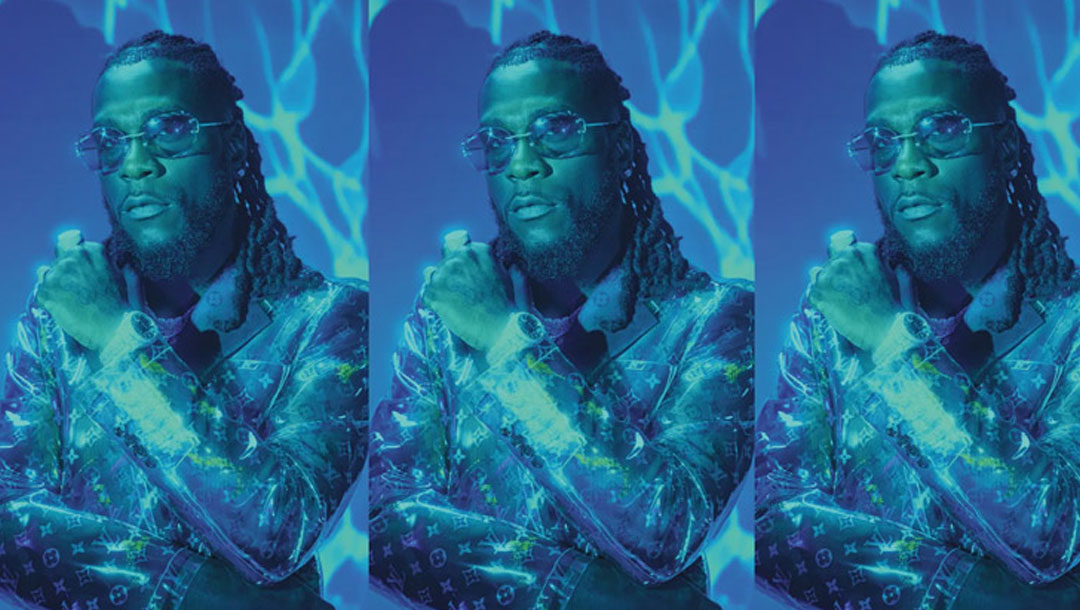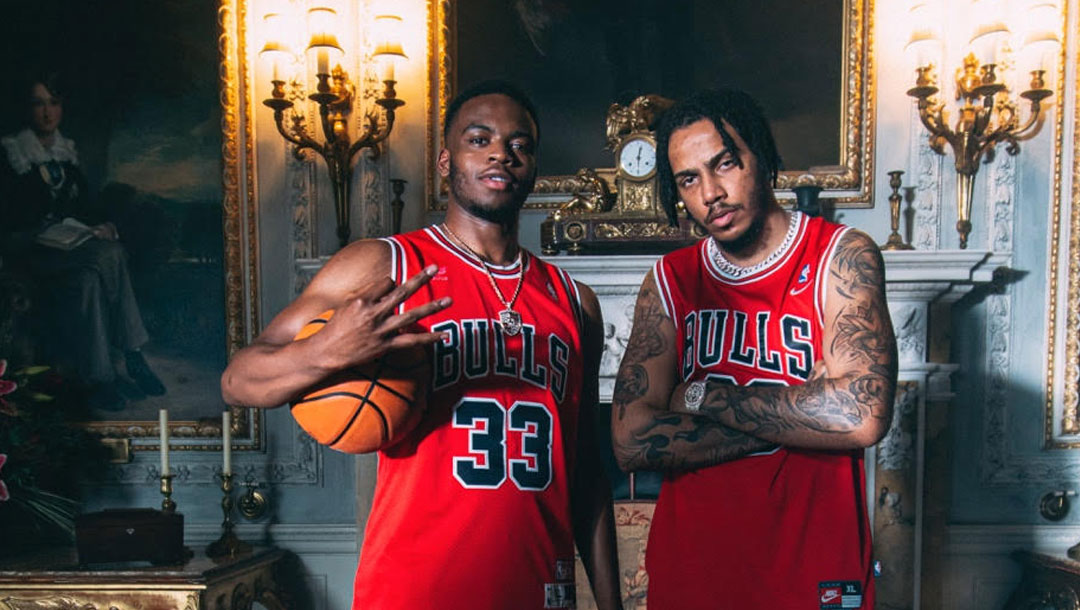How Travis Scott Defied the Rules of Celebrity to Become King of the Youth

If you are over the age of 25 and want to understand the appeal of Travis Scott, there’s no better place to start than Fortnite. What was once a free video game has, in recent years, evolved into its own contained universe in which hundreds of millions of players spend hours a day talking to their friends and pointing sniper rifles at strangers. Tweens and young adults are more intimately familiar with the landscape’s nooks, crannies, and favorable Slurpy Swamp roof inclines than they are with their own bedrooms.
Travis Scott gets all of this; he’s one of the few people alive who understand the particular predilections of those vast millions of young people populating Fortnite’s outstretched provinces. And so in April, as musicians around the world were canceling their concerts, Scott, glimpsing a different kind of opportunity, brought his live show into the game. In a series of animated concerts, he appeared in 3D, rapping as a literal god: a giant shape-shifting deity who reconstituted the map to his liking and whose presence disappeared all the guns so partygoers could bang their heads in peace. Out of the chaos, a brief utopia.
Of all the goofy streaming experiments tried by celebrities during quarantine, it was Scott who came up with something that actually felt innovative. Like something underneath our feet actually shifted. Meeting the youth where they are proved to be a shrewd business move: 27.7 million people (or more than the population of Australia) attended his shows, his accompanying Cactus Jack x Fortnite merch quickly sold out, and his music catapulted to the top of the streaming platforms.
Scott is too sly to say it outright, but it was also the presentation of a vision: a tour through the trippy fantasyland he’s curated in his mind as one of the more potent culture movers of his generation. His woozy, digitally distorted sound has already shaped an era of hip-hop, but his influence has extended beyond music and into art and fashion. He’s enlisted highly sought-after artists like David LaChapelle, Nick Knight, and KAWS to create his album covers. And he’s used his grunge-meets-high-fashion personal style to build partnerships with brands eager for his help in decoding the frequencies of the moment—labels as venerated as Helmut Lang, Saint Laurent, Dior, and Nike. (A pair of Nike x Travis Scott SB Dunk Lows are selling for upwards of $2,000 on the resale site StockX at the time of this writing.)
He exists as a kind of strange unicorn in the culture, someone who’s fluent in the language of the youth (mostly young men who spend a lot of money on clothes and want to turn up) but who talks very little about himself. He’s regarded as both omnipresent and a bit elusive, on a wavelength that resists a lot of the contemporary notions of celebrity. Though he shares a daughter, Stormi, with a Kardashian-Jenner, for instance, he’s withholding and private and refuses to talk about their relationship. To Scott, mystery is a powerful form of currency. You could say he’s almost shy, obscuring his face in photos, the opposite of most modern “influencers”—and yet he’s quietly one of the most influential people on the planet.




